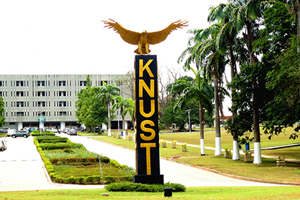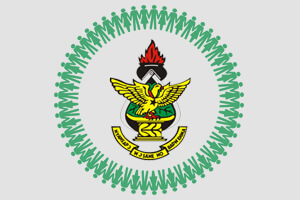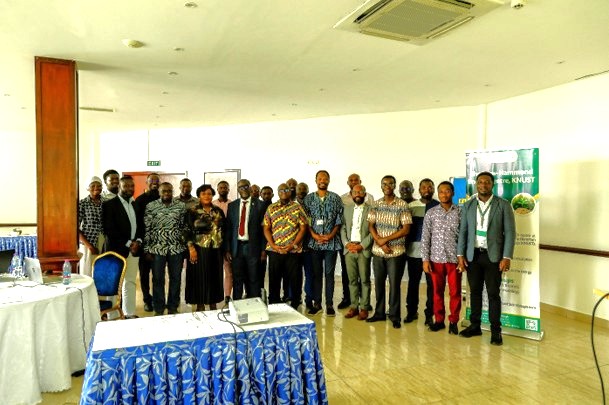The Brew Hammond Energy Centre, in collaboration with the International Finance Corporation (IFC) (an arm of the World Bank Group), has organized a two-day workshop aimed at training Fellows on the design and certification of green and efficient buildings.
The workshop featured hands-on training and instruction on the EDGE software, equipping participants with the skills necessary for proficient usage. This initiative aimed to foster collaboration between
The Brew Hammond Energy Centre and the World Bank Group in advancing green building design and development in Ghana.
Mr. Paul Ocran, the Green Building Lead in Ghana, facilitated the workshop, providing participants with a comprehensive understanding of green building concepts.
“A green building is designed to minimize environmental impact while saving at least 20% in energy, water, and embodied materials,” he stated. The benefits of such designs include reduced environmental impact, lower carbon footprint, resource conservation, improved occupant health, cost savings, and increased property value.
He explained the significance of sustainable design, discussed the factors driving the green building market, and provided in-depth training on the EDGE software.
“The EDGE software serves as a vital tool in streamlining the process of designing sustainable architecture and certifying net-zero buildings globally, thereby supporting the advancement of environmentally responsible construction practices” he explained.
The Provost of the College of Engineering, KNUST, Prof Kwabena Biritwum Nyarko expressed gratitude to the IFC for the support and expressed the College’s readiness to work with the IFC on greening buildings on KNUST campus. Director of The Brew-Hammond Energy Centre, Prof David Ato Quansah, for his part, indicated the training was part of a bigger plan to establish KNUST as a hub for the development and transfer of green skills.
Participants were introduced to the EDGE certification examination, which allows them to become certified EDGE design practitioners. They were also provided with learning resources to facilitate continuous learning and knowledge enhancement beyond the training.

















